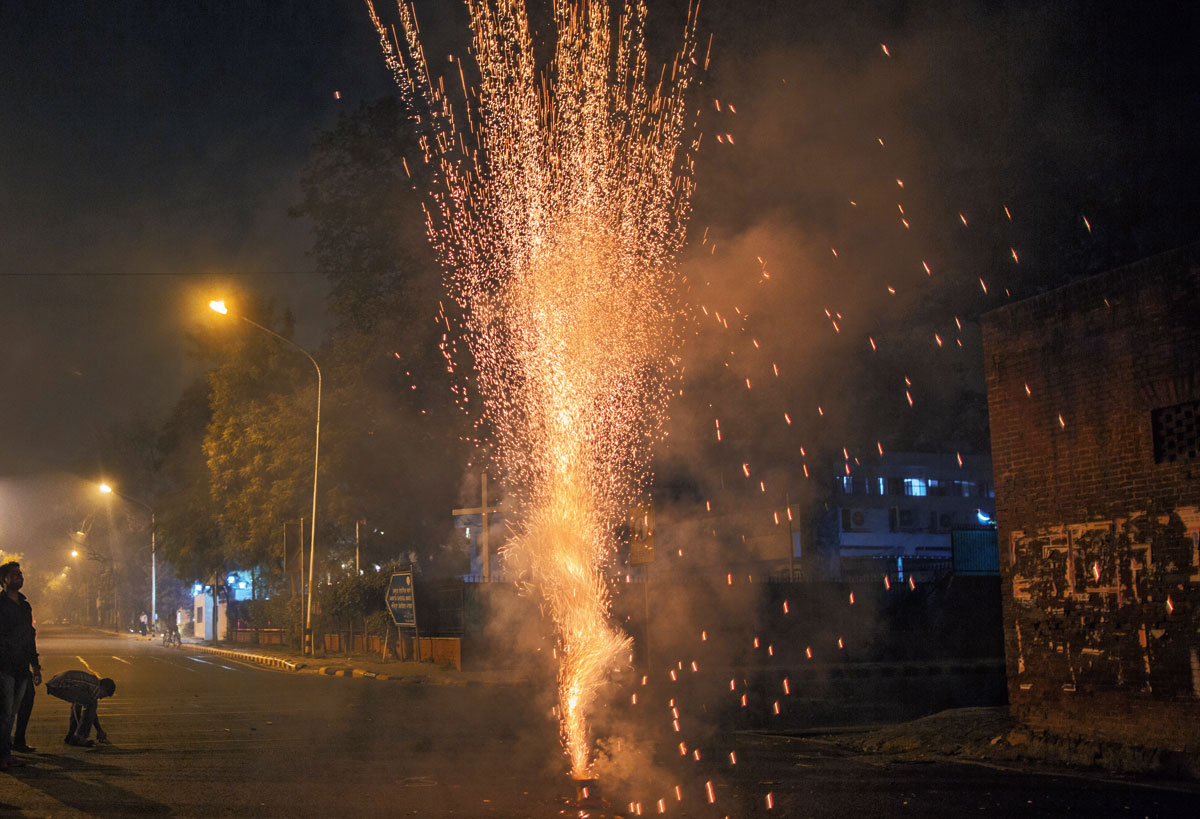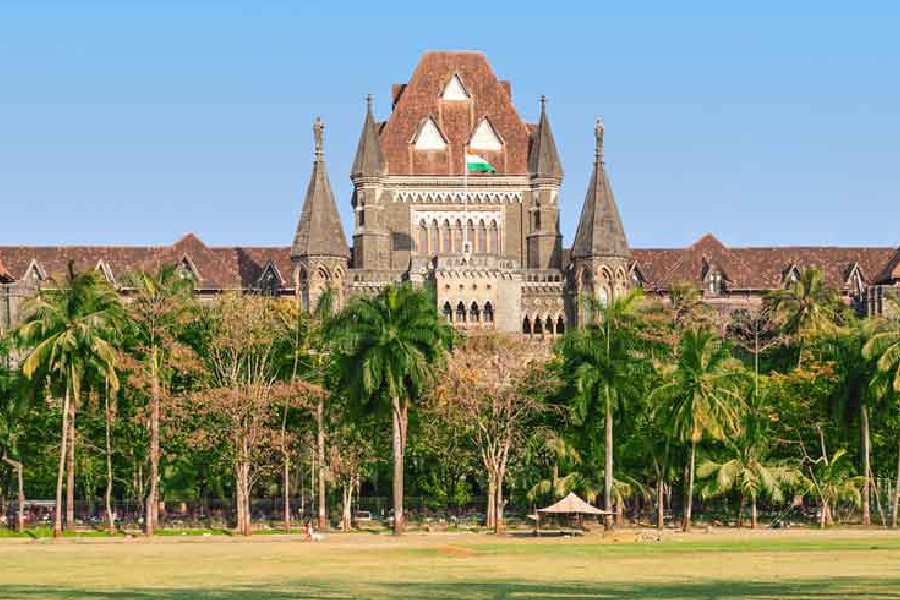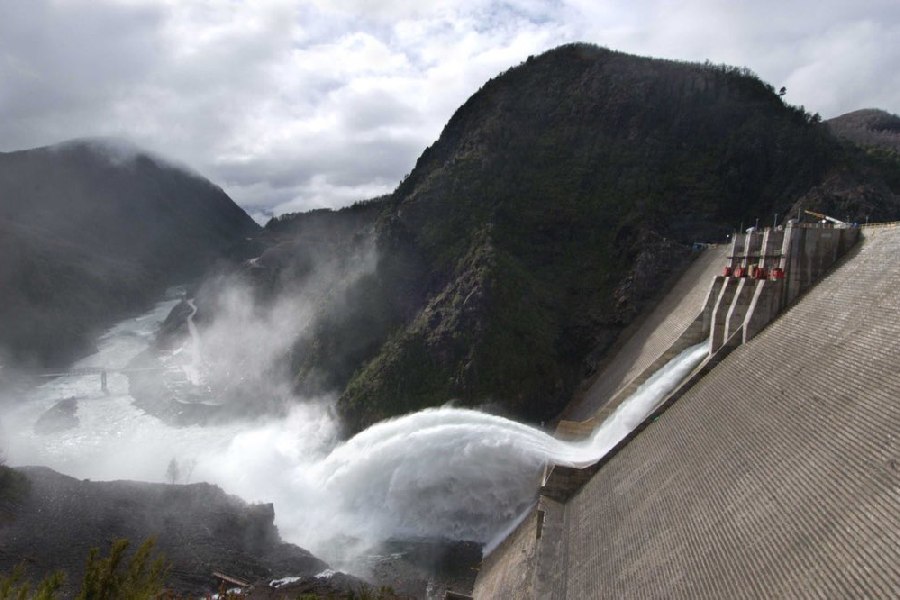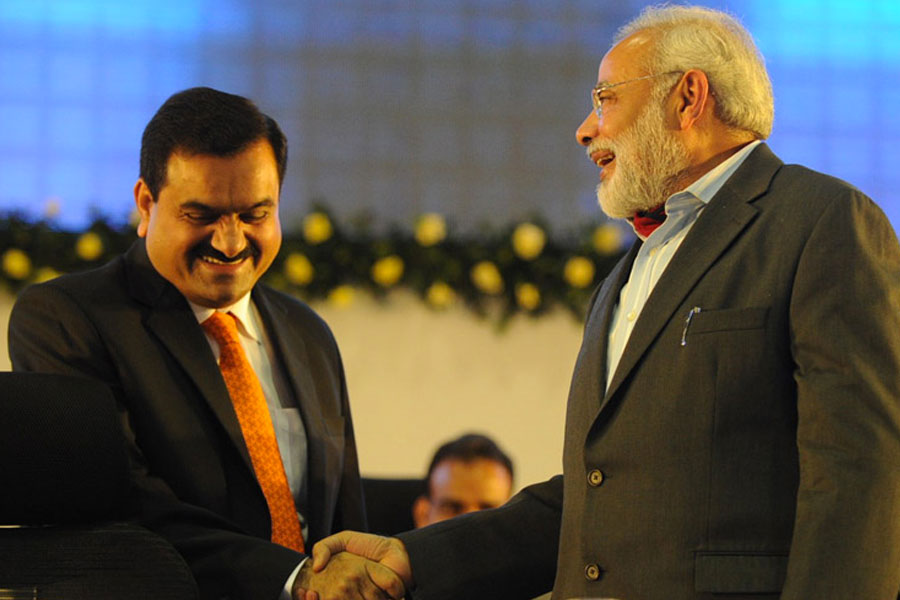Ever heard of “green crackers”? A day after the Supreme Court pitched for use of only low-emission and low-decibel firecrackers, traders in the city wondered how the ruling could be implemented given that such crackers are hardly manufactured in the country.
The apex court has also imposed time restrictions (8pm to 10pm) on bursting of crackers on Diwali night next month while asking states to explore the feasibility of community fireworks, but police in urban centres of Bihar are unsure how to man every nook and corner given the manpower crunch.
“There is nothing called ‘green crackers’. We have never heard anything like this. However, we welcome the Supreme Court decision to curb cracker-related pollution because it is harmful to everybody. It has reduced the duration for which people can enjoy crackers and fireworks and it will affect our sales, but we respect the decision,” said Rajesh Roy, one of the biggest wholesaler of fireworks in Patna with a shop located in Khajekalan area.
The fireworks industry is worried about the raft of restrictions the top court has imposed, chief among which is the ban on the use of barium nitrate — a key ingredient in making fireworks that emit green light. Barium salts, according to the court, can lead to health hazards.
Fireworks sellers were quick to add that all the products they sold were of renowned brands like Sri Kaliswari, which already were low emission ones. They also blamed Chinese crackers, that have started capturing the Indian market, for being more polluting than their Indian counterparts.
Nagpur-based National Environmental Engineering Research Institute (NEERI) has developed some “environment friendly” crackers and fireworks.
NEERI director Rakesh Kumar told The Telegraph: “There is nothing called green cracker, but we have developed different types of ‘reduced emission crackers’. We are in the process of developing some more. We will provide them to the government and it will be for it to decide the further course of action.”
The fireworks developed by NEERI have a chemical composition that produces water molecules on ignition, which suppresses dust, smoke and particulate matter like nitrous oxide and sulphur dioxide. However, the central government is yet to take a decision over their mass production and making them cost-effective. Environmentalists though said all crackers and fireworks in the market were severely polluting.
Tarumitra (a nationwide students’ organisation to promote ecological sensitivity) director Father Robert Athickal told The Telegraph that he had no idea what “green crackers” or “reduced emission crackers” were, and added that all the fireworks available in the market, be they Indian or Chinese, were polluting.
“The Supreme Court’s latest verdict is like going back on its own judgement. Last year it had banned use of crackers. We won’t speak much on this because it is connected to festivals and might turn into a religious issue,” Athickal said.
The common public, including children who indulge most in lighting fireworks, was also unaware about “green crackers” and “reduced emission crackers”. At best they could make wild guesses or just shrugged off their ignorance.
“Do you mean crackers that emit green light or less smoke,” asked Rekha Singh, a housewife, residing in Anandpuri locality in the city.
However children were more conscious about pollution by crackers. Harshit Raj, a Class XI student of SR Public High School, said he and his younger sister have stopped using heavy crackers. “We have opted for small fireworks that emit light because they are less polluting and do not create noise pollution.”
“We are now negotiating with student groups to start the campaign against crackers and fireworks afresh as they are severely polluting. This time we will do it not only on streets and institutions, but also on social media,” Tarumitra’s Athickal said.











